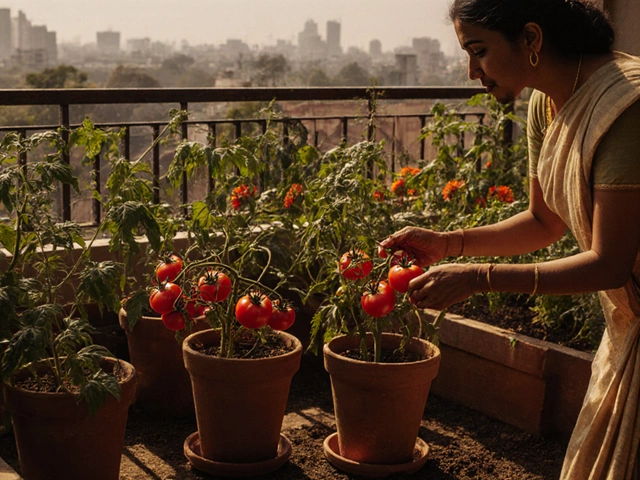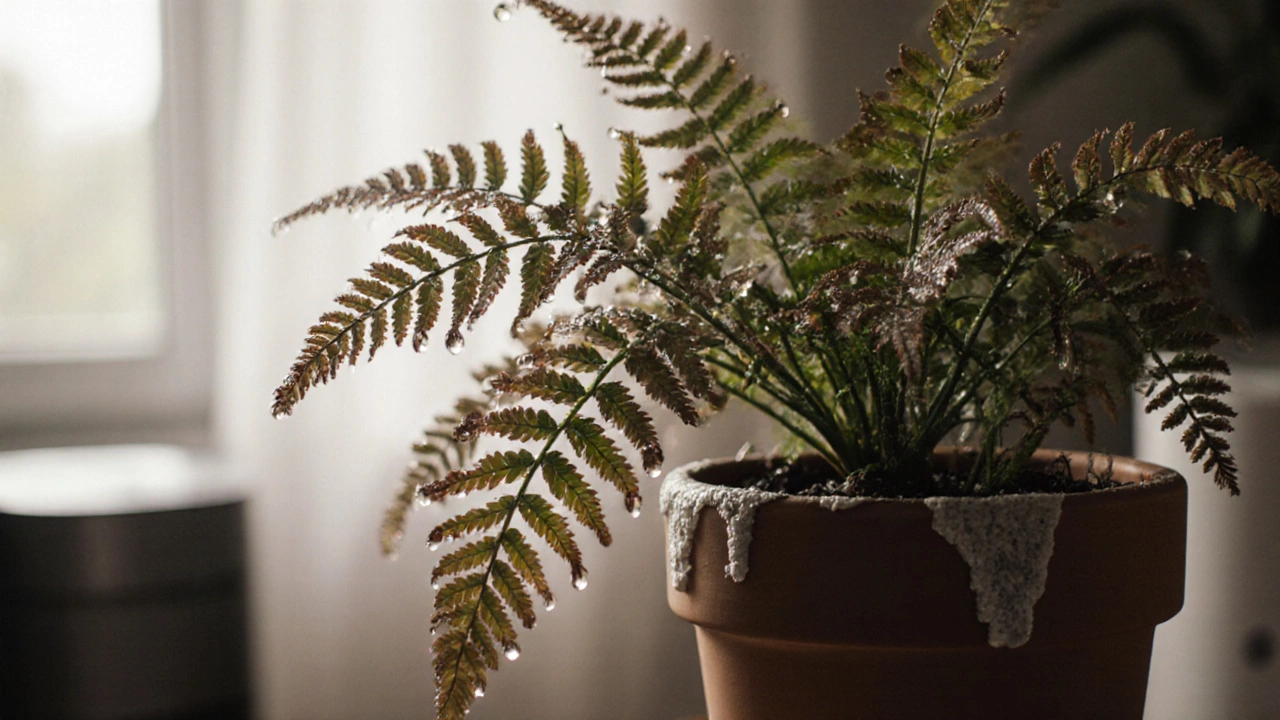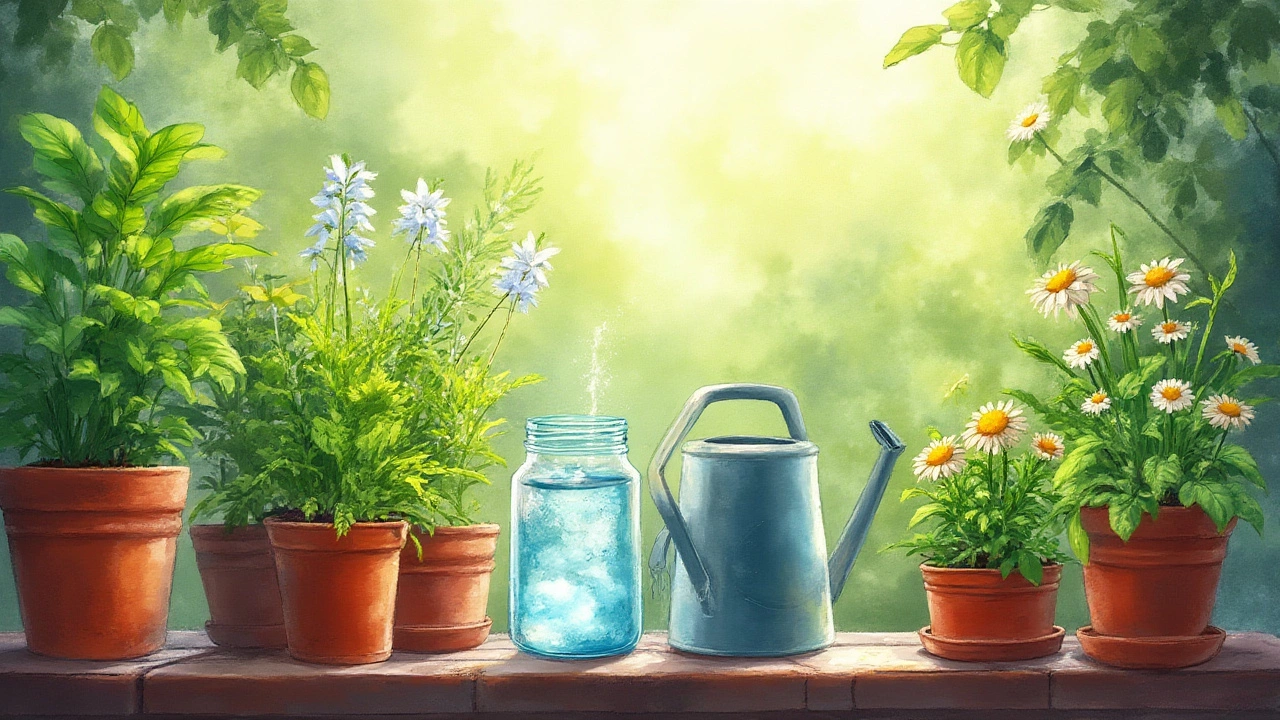Tap Water for Plants: Simple Tips for Indian Gardens
Tap water is the easiest source most of us have, but many gardeners wonder if it can hurt their plants. The short answer is: it can, if you ignore a few basics. In this guide we’ll show you how to make tap water work for your garden without causing nutrient lock‑out or leaf burn.
What’s in Your Tap Water?
Indian municipal water usually contains chlorine or chloramine, which kills harmful microbes but can also damage delicate roots. It may also be hard, meaning it has high levels of calcium and magnesium. Both factors affect the water’s pH, often pushing it toward neutral or slightly alkaline. Most garden plants prefer a pH between 5.5 and 6.5, so you need to know what you’re dealing with.
Quick Ways to Make Tap Water Plant‑Friendly
Let it sit. Fill a bucket and leave the water uncovered for 24 hours. Chlorine evaporates, while chloramine sticks around longer. If you have chloramine, a small dose of household vinegar (1 ml per litre) will neutralize it.
Filter it. A simple carbon filter removes chlorine, some chloramine, and a bit of sediment. It’s cheap and fits on most faucet adapters.
Adjust pH. If your water is hard, mix a pinch of garden‑grade ammonium sulfate (also called sulfate of ammonia) into the water. It lowers pH without adding harmful chemicals. Test the pH with a cheap meter or strips before you start, then adjust only if it’s above 7.0.
Warm it up. Plants in India love warm water, especially during the cooler months. Let the water sit at room temperature for a few hours, or run it through a hose for a minute to avoid shocking the roots.
For sensitive indoor plants, you can also use rainwater collected in a clean container. Rainwater is naturally soft and free of chlorine, making it a perfect supplement to tap water.
Remember to water consistently. Over‑watering with hard tap water can lead to mineral buildup on the soil surface, which eventually blocks roots. If you notice a white crust on the pot, it’s time to flush the soil with filtered water.
By following these easy steps, you turn ordinary tap water into a safe, cost‑effective nutrient for your garden. No fancy equipment, just a little patience, and your plants will thank you with greener leaves and better blooms.
Can You Use Tap Water to Mist Indoor Plants?
Tap water may seem harmless for misting indoor plants, but chlorine and minerals can damage sensitive species. Learn which plants are at risk and what water to use instead for healthier growth.
How Long to Let Tap Water Sit Before Watering Plants for Healthy Growth
Not sure if you need to let tap water sit before watering your plants? Here's how timing and water quality affect plant health, plus practical tips.
About
Indoor Plant Care
Latest Posts
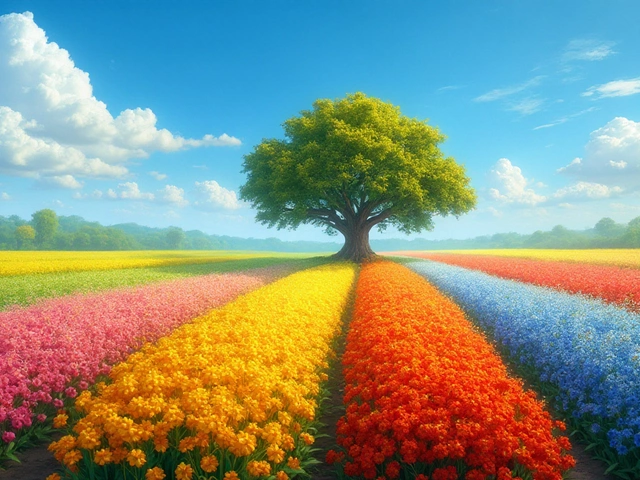
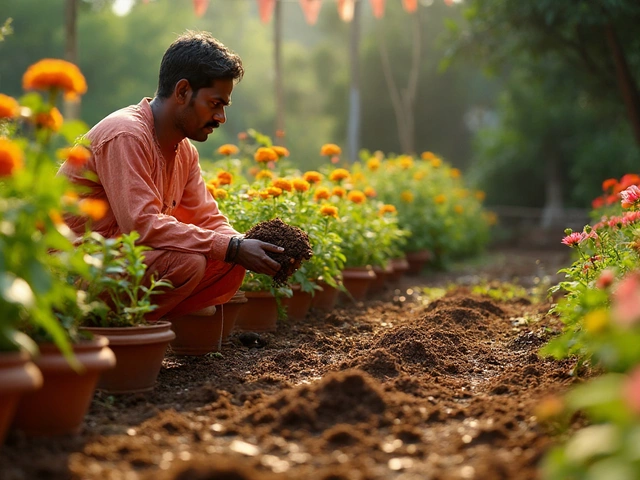
Plants That Hate Coffee Grounds: What Not to Feed Your Garden
By Alden Thorne Aug 4, 2025
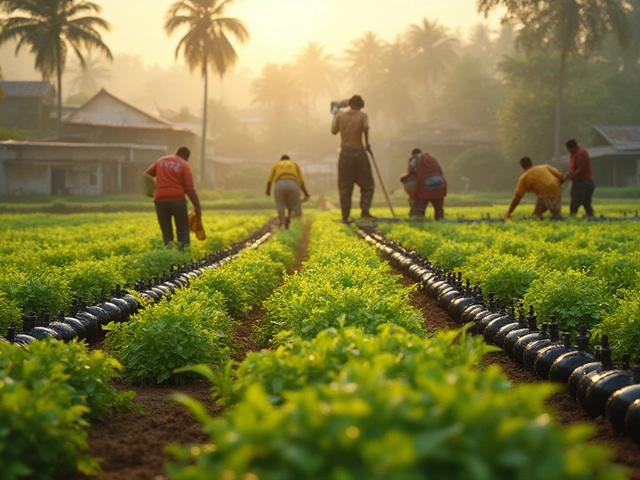
Why Is Drip Irrigation So Expensive? Breaking Down the Real Costs and Saving Tips
By Alden Thorne Jul 22, 2025
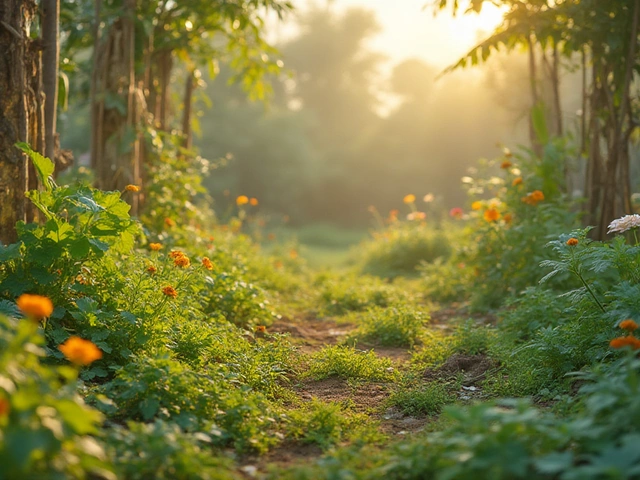
Alternative Pest Control: Natural Solutions for Safe Gardening
By Alden Thorne Jul 15, 2025
